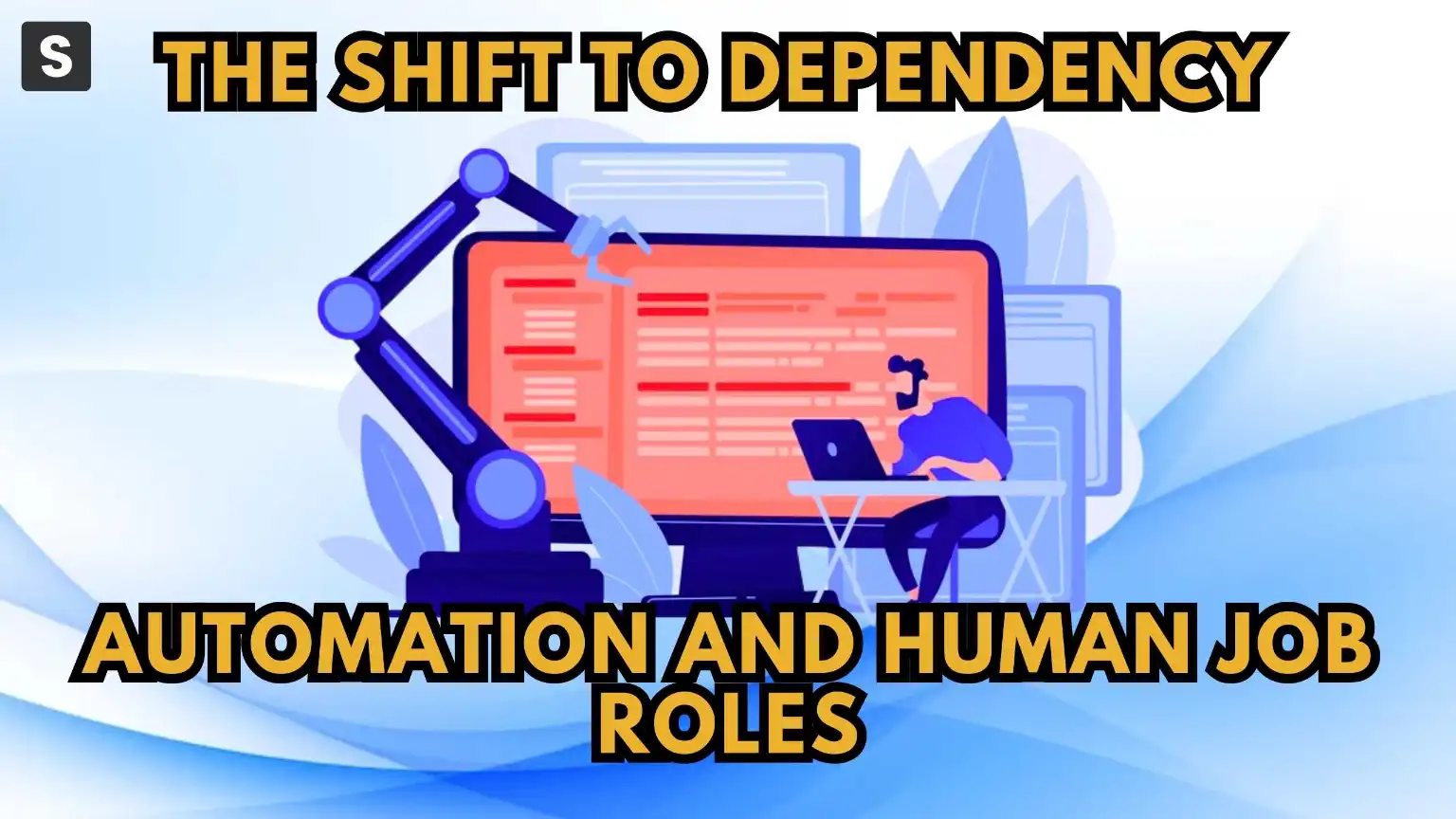The Shift to Dependency: Automation and Human Job Roles
-


The Shift to Dependency: Automation and Human Job Roles
In the ever-evolving landscape of technology, the profound impact of automation on human job roles is reshaping the way we work. This blog explores the intricate relationship between automation and human workers, unraveling the dynamics of dependency. We delve into the role of SaaS products in navigating this shift, offering solutions that empower individuals and teams to thrive in an automated era.
The Evolving Dynamics of Job Roles
1. Increased Reliance on Automation
Automation has become integral to various industries, automating repetitive tasks and augmenting human capabilities. As organizations adopt advanced technologies, the dependency on automation for efficiency and precision is on the rise.
Before Automation: In traditional workflows, tasks were often performed manually, consuming significant time and resources. Employees handled repetitive and mundane tasks, leaving less room for strategic thinking and innovation.
After Automation: With the integration of automation tools like UiPath, mundane tasks are automated, allowing employees to focus on more value-added activities. This not only increases efficiency but also elevates the role of employees to focus on creative problem-solving and strategic decision-making.
2. Redefining Skill Requirements
The advent of automation is reshaping the skill landscape. Human workers are required to adapt to more complex tasks that complement the capabilities of automated systems. Upskilling and embracing technological proficiency become crucial in this evolving job market.
Before Automation: Skill requirements were often static, with employees needing expertise in specific areas. The workforce needed proficiency in repetitive tasks without significant emphasis on adaptability or continuous learning.
After Automation: The advent of automation has reshaped skill requirements. Employees now need to possess a blend of technical skills to work with automation tools and soft skills like adaptability and creativity. Continuous learning and upskilling have become crucial to stay relevant in an automated environment.
3. Impact on Job Satisfaction and Well-being
While automation brings efficiency, it also raises questions about job satisfaction and well-being. Striking a balance between automated processes and human creativity is essential to maintain a positive work environment and job satisfaction.
Before Automation: Manual handling of repetitive tasks could lead to monotony and decreased job satisfaction. Employees may have experienced burnout due to the high volume of routine work.
After Automation: Automation contributes to increased job satisfaction by relieving employees of repetitive tasks. This shift allows them to engage in more fulfilling and challenging aspects of their roles, fostering a positive work environment. Additionally, reduced stress from mundane tasks positively impacts overall well-being.
Navigating the Automation Wave with SaaS Products
1. Notion: Collaborative Workspace for Efficient Work
Notion serves as a collaborative workspace, allowing teams to streamline tasks and enhance productivity. As automation integrates into workflows, Notion provides a centralized platform for effective communication, project management, and knowledge sharing.
2. Trello: Visual Project Management
Trello simplifies project management through visual boards, ensuring teams stay organized and focused. In an environment where automation complements human efforts, Trello provides a user-friendly interface for managing tasks and projects collaboratively.
3. Monday.com: Workflow Automation and Collaboration
Monday.com offers a versatile platform for workflow automation and collaboration. It enables teams to automate routine tasks, allowing human workers to focus on strategic and creative aspects of their roles.
4. Slack: Real-time Communication and Collaboration
In a world where communication is key, Slack facilitates real-time collaboration. As automation influences the speed of tasks, Slack ensures seamless communication, fostering teamwork and efficient problem-solving.
5. Asana: Task and Project Management
Asana is a robust task and project management tool that aligns teams and tasks. In the era of automation, Asana helps human workers coordinate efforts, manage projects, and maintain clarity in their roles.
Conclusion: Embracing a Balanced Future
In conclusion, the intertwining of automation and human job roles necessitates a balanced approach. Leveraging SaaS products equips individuals and teams with the tools needed to navigate this shift successfully. The future lies in collaboration, creativity, and a harmonious blend of human and automated capabilities.
Empower Your Work with Subscribed.fyi
Ready to explore SaaS solutions that enhance your work in an automated landscape? Sign up with Subscribed.fyi to access exclusive deals on a wide range of SaaS tools. Empower yourself to thrive in the era of automation. Unlock Exclusive Deals Now!
Relevant Links:





